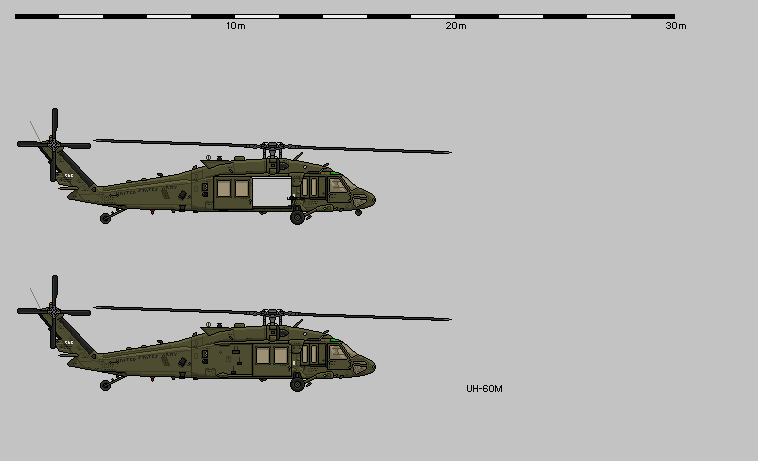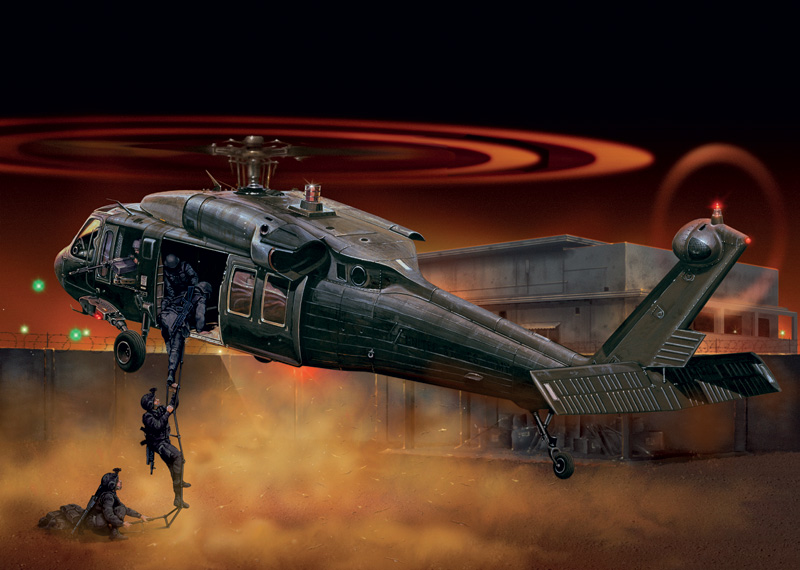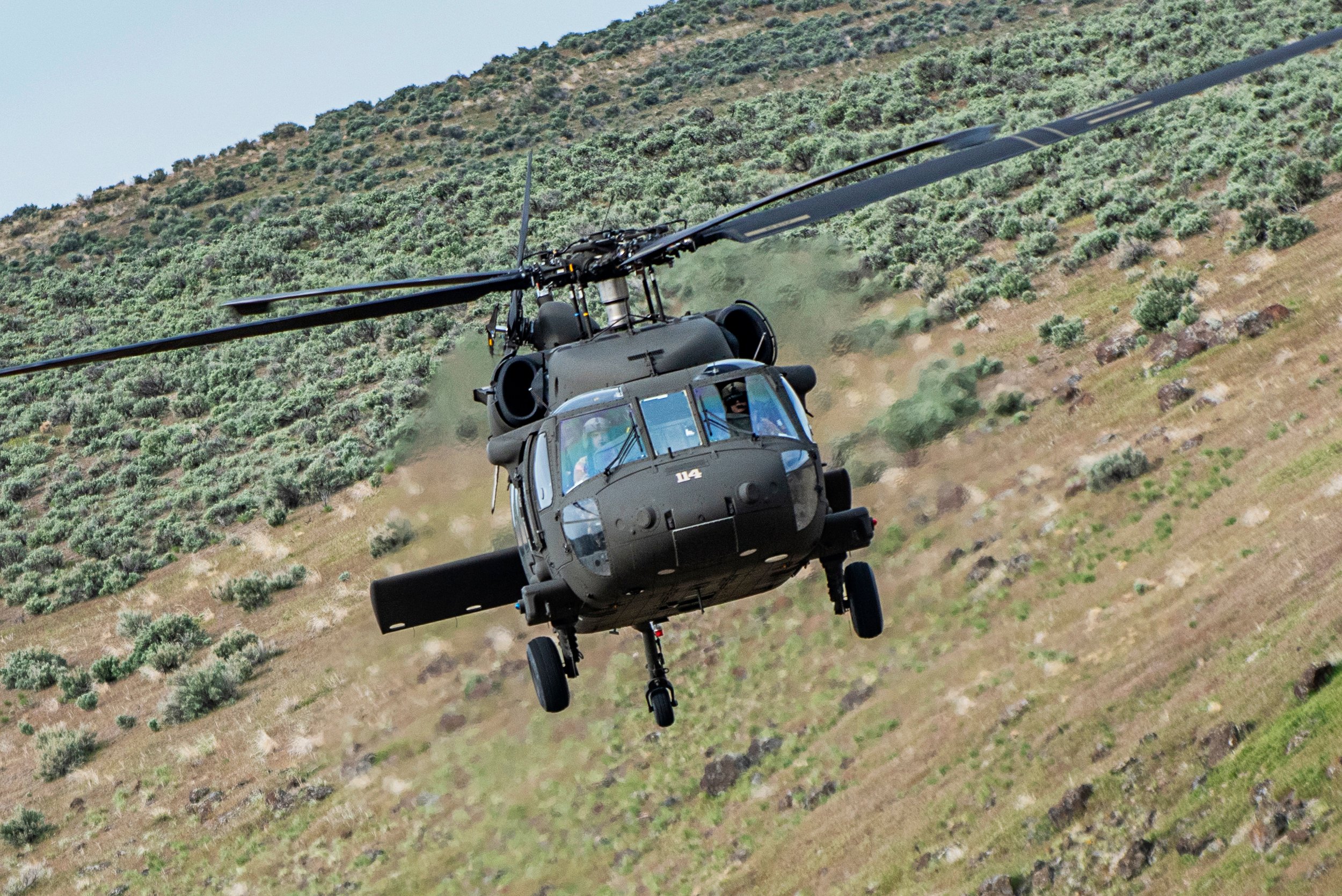Taking Flight: Uh-60 Black Hawk Pilot Certification Process Discussed
Taking Flight: Uh-60 Black Hawk Pilot Certification Process Discussed
Blog Article
The UH-60 Helicopter: Navigating With Its Background, Layout, and Significant Function in Aeronautics
The UH-60 helicopter, frequently referred to as the Black Hawk, stands as a testimony to the innovations in aviation innovation and its obvious influence on both military and private procedures. From its humble beginnings to its current condition as a sign of integrity and versatility, the evolution of the UH-60 has been marked by constant advancement and adjustment to satisfy the advancing demands of the aviation industry. As we delve into its history, design intricacies, and the vital role it plays in different markets, a much deeper recognition for this legendary helicopter arises, losing light on the significant contributions it has made to the realm of aeronautics.
Development of the UH-60 Helicopter

The advancement of the UH-60 helicopter can be traced back to the demand for a flexible and reliable utility airplane that could satisfy the requiring demands of modern-day military operations. Created by Sikorsky Airplane, the UH-60 Black Hawk first flew in 1974, with the united state Army becoming its main driver. Over the years, the UH-60 has gone through numerous upgrades and variants to improve its abilities and performance.

Style Developments and Features

Furthermore, the UH-60 includes an innovative avionics collection that consists of innovative navigating systems, interaction equipment, and electronic display screens. These technical advancements improve situational awareness for the crew, enhancing overall mission performance and safety and security. The helicopter's sizable cabin layout promotes fast and simple loading and unloading of soldiers, tools, and casualties, making it a functional possession for armed forces operations and calamity alleviation efforts.
Additionally, the unification of composite materials in essential structural parts minimizes weight while preserving sturdiness, increasing the UH-60's efficiency and gas efficiency. The UH-60 helicopter's innovative layout aspects collectively add to its track record as a highly qualified and trusted aircraft in both military and noncombatant aviation fields.
Noncombatant and military Applications
With functional abilities matched for a variety of operational demands, the UH-60 helicopter serves both noncombatant and armed forces sectors effectively (uh-60). In military applications, the UH-60, frequently known as the Black Hawk, plays a critical function in army transport, clinical discharge, battle assistance, and search and rescue missions. Its dexterity, ability, and speed to run in various atmospheres make it a valuable property for army procedures Source worldwide. The UH-60's sophisticated avionics, protective systems, and adaptability have strengthened its position as a cornerstone of armed forces helicopter fleets.
In the private market, the UH-60 offers a plethora of objectives, consisting of firefighting, law enforcement, emergency medical services, and company transportation. Its reliability, maneuverability, and spacious cabin make it a popular choice for utility missions. Additionally, the UH-60's adaptability for VIP transport and overseas procedures better highlight its value in noncombatant applications. Whether in army or noncombatant use, the UH-60 helicopter continues to show its worth as a versatile and essential aerial platform.
Effect On Aviation Procedures
Having established its value in noncombatant and armed forces applications, the UH-60 helicopter's effect on aviation procedures extends past its flexible capabilities to affect a broad array of airborne missions. In army settings, the UH-60 plays an essential duty in troop transportation, search and rescue procedures, clinical discharge, and special procedures support. Its capacity to quickly browse diverse surfaces and unfavorable weather makes it a Learn More Here valuable possession in ensuring objective success and employees security. The UH-60's flexibility allows for fast release and extraction of soldiers in fight zones, improving functional performance and agility.
Additionally, the UH-60's reliability and endurance make it a recommended option for utility missions, consisting of transportation of freight and employees to remote places. In general, the UH-60 helicopter considerably impacts aeronautics operations by providing unparalleled abilities and support throughout a broad range of objectives.
Future Developments and Leads
The development of the UH-60 helicopter is poised to change air travel capabilities and improve operational standards in the coming years. Developments in modern technology and style are driving the development of next-generation UH-60 variations that promise boosted goal, agility, and rate flexibility. One vital area of emphasis for future UH-60 versions is improving independent capabilities to enhance operational effectiveness and safety and security. By incorporating sophisticated independent flight systems, the UH-60 can minimize pilot work, enable intricate missions in difficult settings, and enhance overall objective performance.
Additionally, there is a growing focus on sustainability and fuel efficiency in the layout of future UH-60 helicopters (uh-60). Read Full Article Producers are exploring new products, propulsion systems, and wind resistant improvements to lower ecological influence and operating expense. These developments not only benefit the environment but also add to the long-term viability and competitiveness of the UH-60 in the rapidly evolving aviation sector
Conclusion

The UH-60 helicopter, commonly referred to as the Black Hawk, stands as a testimony to the advancements in air travel innovation and its obvious influence on both army and civilian operations.Having established its importance in armed forces and private applications, the UH-60 helicopter's impact on air travel procedures extends beyond its functional capacities to affect a broad variety of aerial missions. In general, the UH-60 helicopter considerably affects air travel procedures by providing unequaled capabilities and assistance throughout a wide range of goals.
The advancement of the UH-60 helicopter is positioned to reinvent air travel abilities and improve operational paradigms in the coming years. As technology proceeds to breakthrough, the future advancements and potential customers for the UH-60 helicopter stay encouraging, guaranteeing its continued relevance in the field of aeronautics.
Report this page